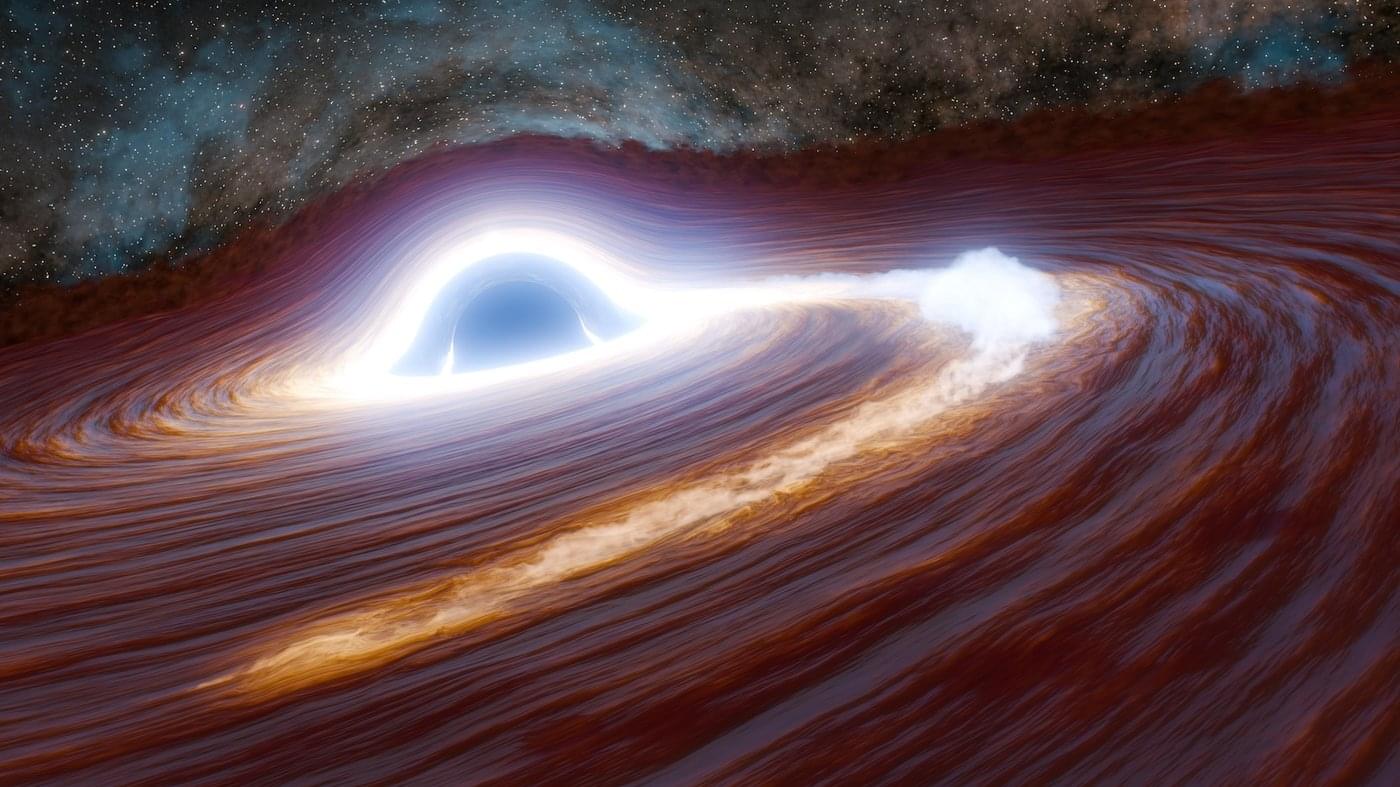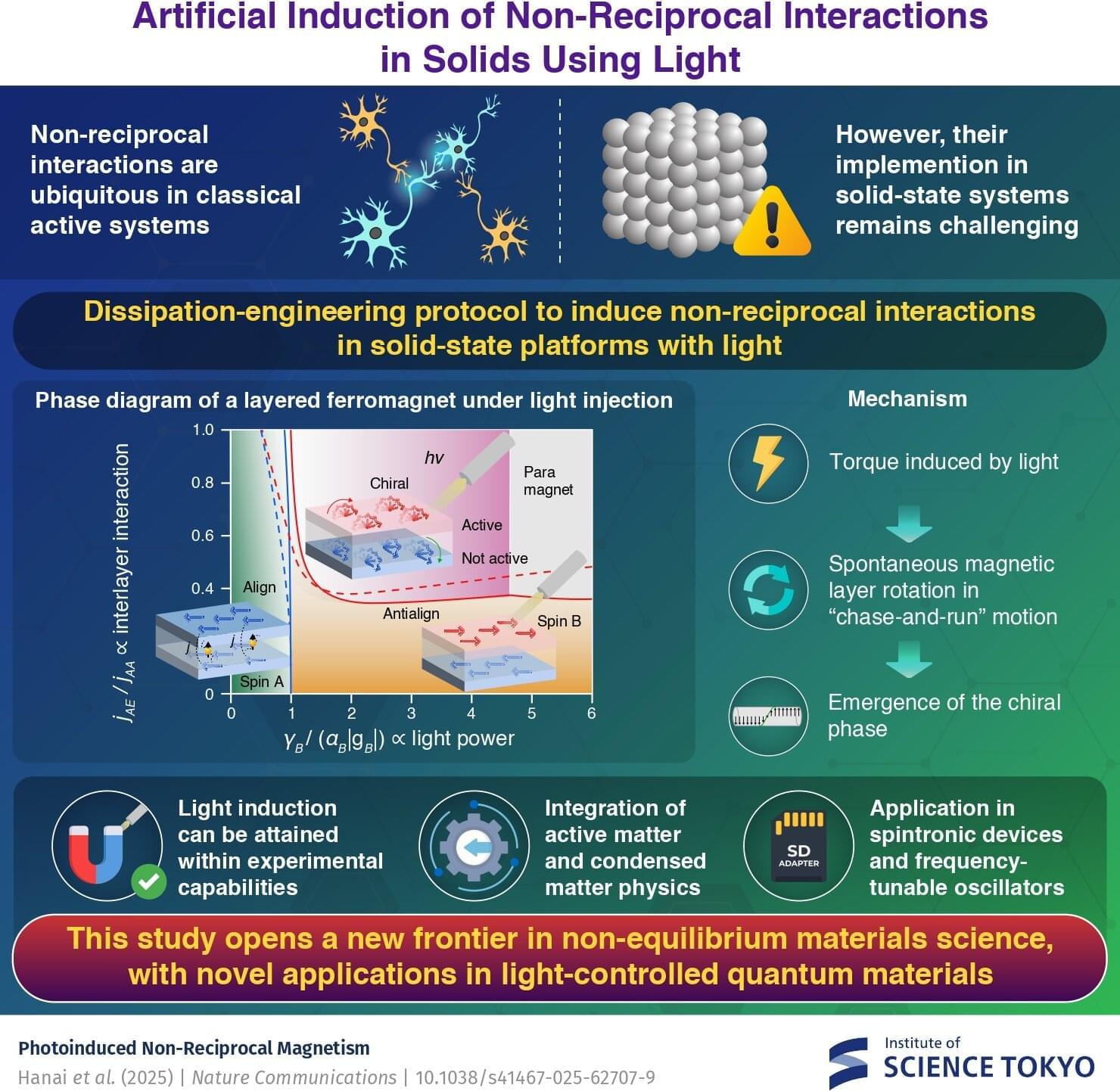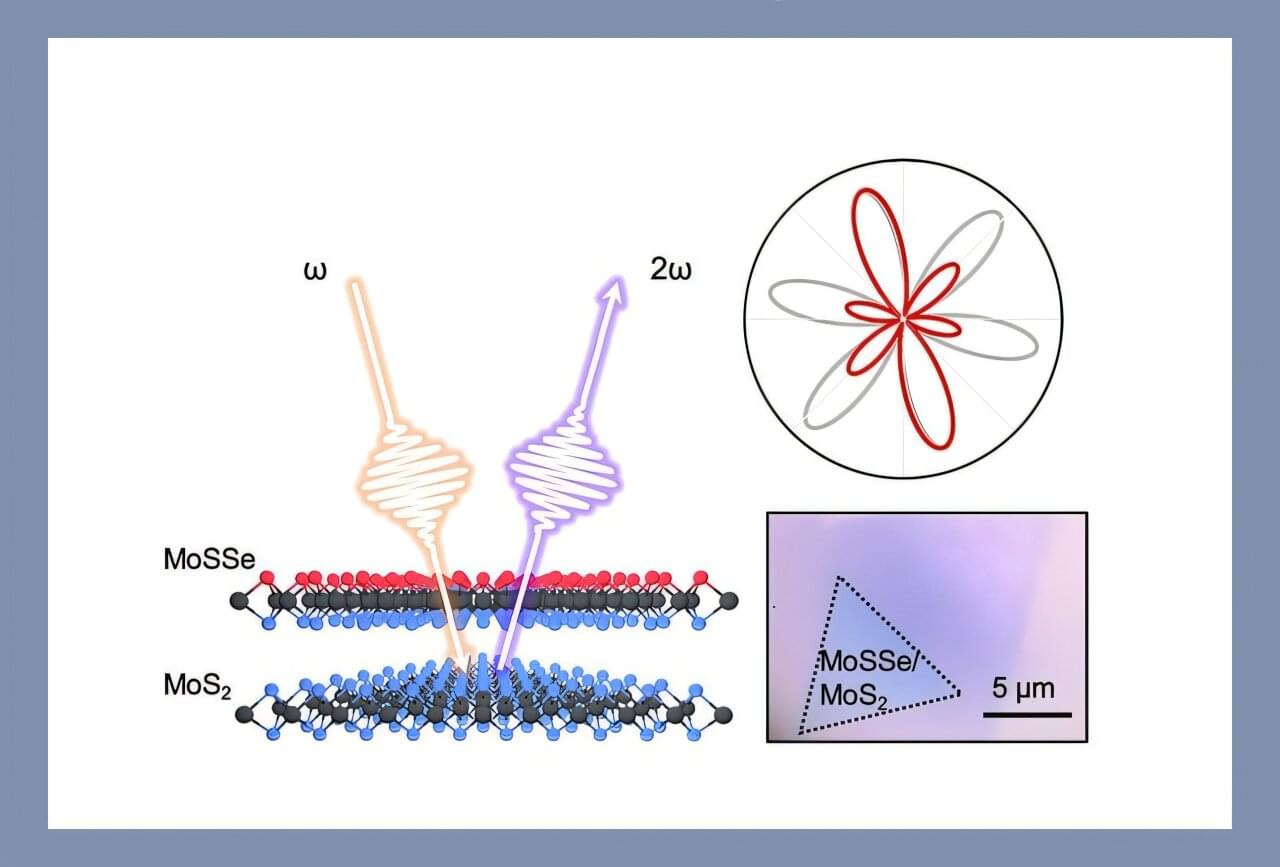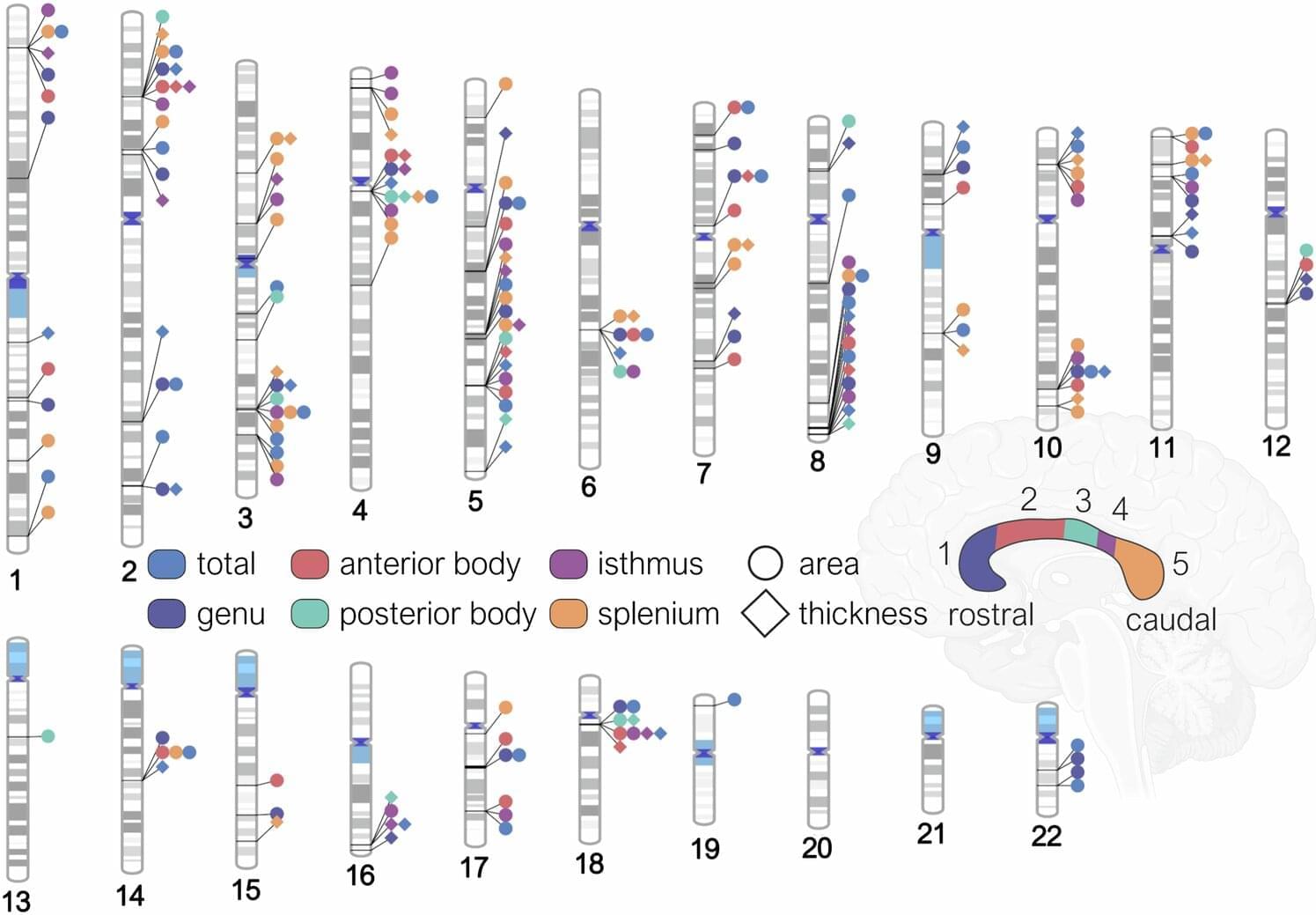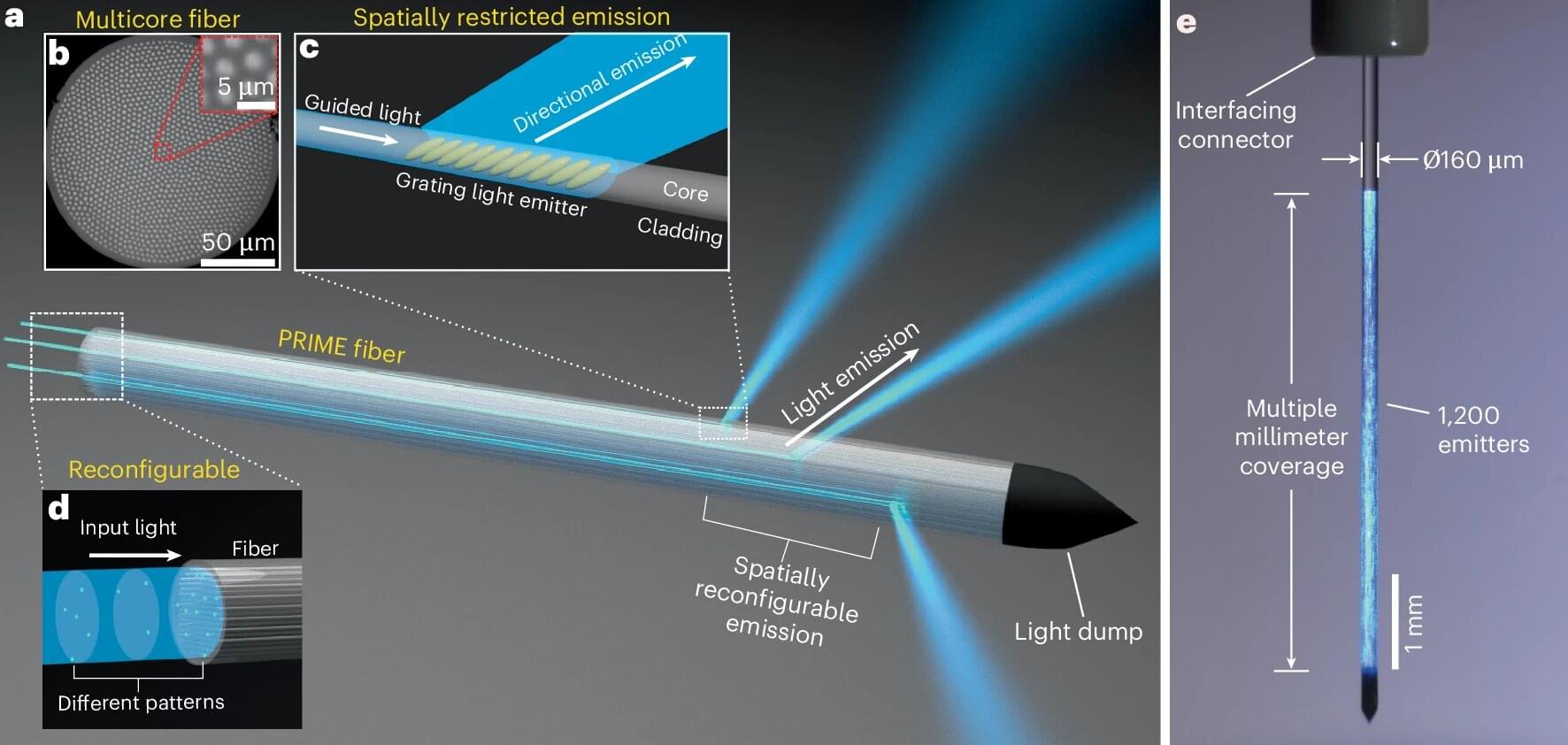“Over the last 10 or 15 years, scientists have really started to understand the fundamental underlying biology of the aging process. And they broke this down into 12 hallmarks of aging.”
Up next, Why 2025 is the single most pivotal year in our lifetime | Peter Leyden ► • Why 2025 is the single most pivotal year i…
We track age by the number of birthdays we’ve had, but scientists are arguing that our cells tell a different, more truthful story. Our biological age reveals how our bodies are actually aging, from our muscle strength to the condition of our DNA.
The gap between these two numbers may hold the key to treating aging – which could help save 100,000 lives per day and win us $38 trillion dollars.
00:00 Rethinking longevity.
01:27 Understanding aging.
02:58 Biological age and epigenetics.
04:29 New frontiers in longevity science.
08:04 Future possibilities and ethical questions.
10:24 The moral debate around living longer.




